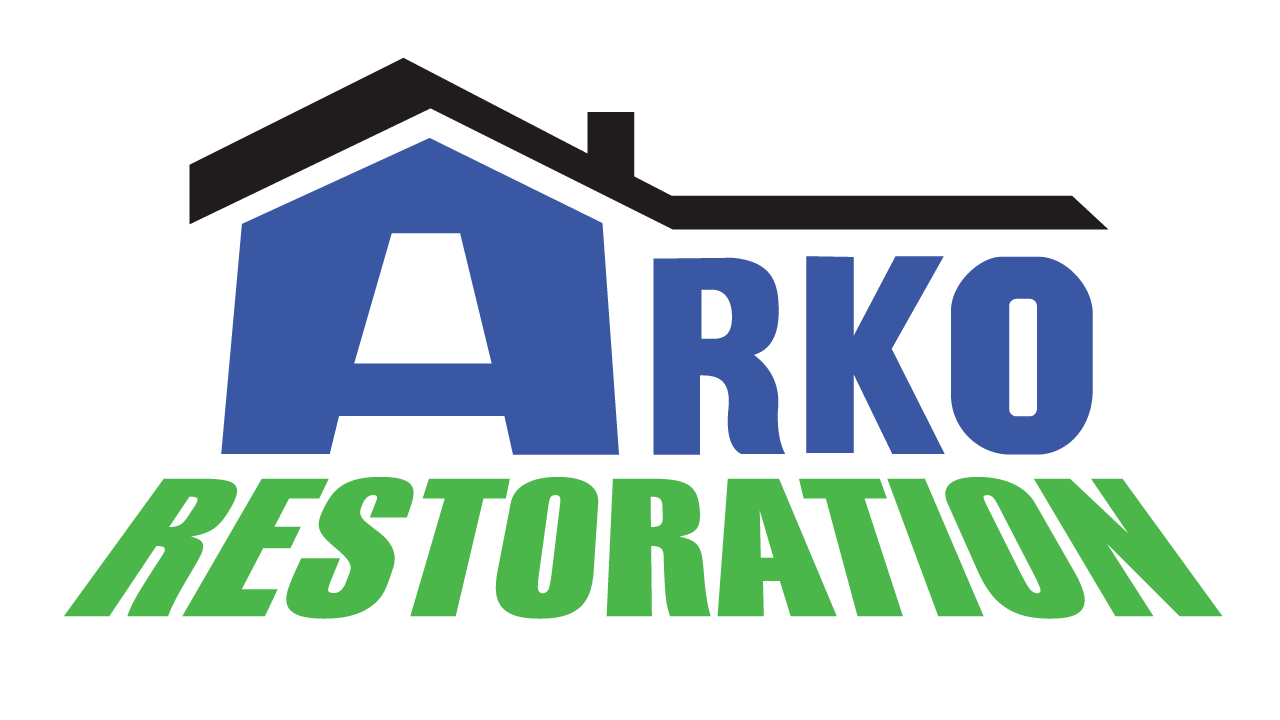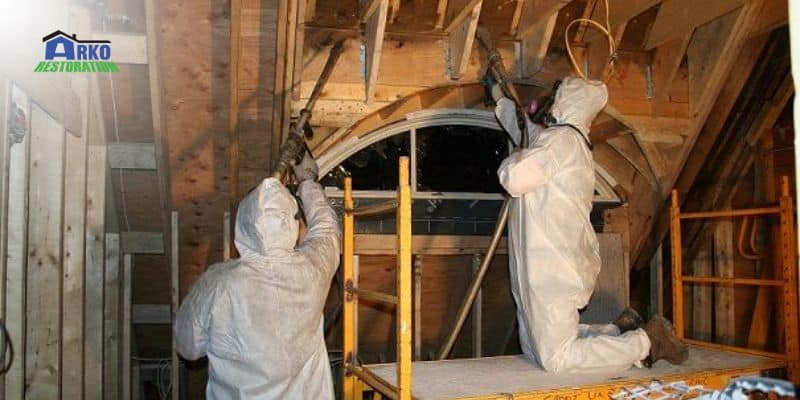Fire damage can be devastating, leaving behind a trail of destruction that impacts not just the property itself, but also the lives of those affected. In the aftermath of a fire, time is of the essence, and a rapid response from a professional fire damage restoration company can make all the difference. Every minute that passes allows smoke, soot, and water to cause further damage, compromising the structural integrity of the building and increasing the risk of mold growth and other hazardous conditions.
Prompt action is crucial to mitigate the extent of the damage and begin the restoration process as soon as possible. A reputable fire damage restoration company understands the urgency of the situation and mobilizes its team of certified professionals and state-of-the-art equipment to the site swiftly. Their primary goal is to stabilize the environment, prevent further deterioration, and initiate the recovery process, ensuring that the property is restored to its pre-loss condition efficiently and safely.
In this blog post, we will delve into the critical reasons why a rapid response is paramount in fire damage restoration, exploring the potential consequences of delayed action and the advantages of working with a company that prioritizes swift and effective intervention.
1. Minimizing Secondary Damage:
Fire damage is only the beginning of the problem. In the aftermath, smoke, soot, and water used during firefighting efforts can cause extensive secondary damage if not addressed promptly. Smoke carries acidic particles that can discolor and corrode surfaces, while soot creates a thick, stubborn residue that penetrates deep into porous materials like drywall, carpets, and furniture. Water left standing can seep into floors, walls, and cavities, potentially leading to structural weakening and mold growth.
A rapid response from a professional fire damage restoration company involves immediate action to contain and mitigate these secondary threats. Specialized equipment like air scrubbers, hydroxyl generators, and dehumidifiers are deployed to remove airborne contaminants, neutralize odors, and facilitate drying. Prompt water extraction and drying techniques prevent moisture from causing further deterioration and eliminate the conditions conducive to mold growth.
2. Structural Integrity:
The intense heat and flames of a fire can severely compromise the structural integrity of a building. Load-bearing walls, floors, and support beams can become weakened or even collapse, posing significant safety hazards. Prompt intervention by restoration professionals involves a thorough assessment of the affected areas to identify potential structural instabilities.
If necessary, temporary shoring and bracing techniques are employed to stabilize the structure and prevent further collapse or damage. This crucial step not only safeguards the property but also ensures the safety of occupants and restoration workers during the recovery process.
3. Smoke and Soot Removal:
Smoke and soot are pervasive and insidious, penetrating deep into porous materials like drywall, insulation, and upholstered furniture. These contaminants can cause discoloration, unpleasant odors, and potential health risks if not addressed promptly and effectively.
Rapid response teams utilize specialized equipment and techniques to remove smoke and soot residues from surfaces and materials. This may involve the use of high-efficiency particulate air (HEPA) vacuums, chemical sponges, and specialized cleaning solutions. Prompt action is crucial, as the longer smoke and soot linger, the more difficult and costly the removal process becomes.
4. Water Damage Prevention:
Water used during firefighting efforts can seep into floors, walls, cavities, and furniture, leading to extensive water damage if not addressed promptly. This standing water not only poses a risk of structural deterioration but also creates an ideal environment for mold growth, which can compromise indoor air quality and pose health risks.
Rapid response teams prioritize the extraction of standing water using powerful pumps and specialized equipment. Once the excess water is removed, the drying process begins with the strategic placement of dehumidifiers and air movers to facilitate evaporation and moisture removal from affected materials and surfaces. This prompt intervention prevents further water damage and eliminates the conditions conducive to mold growth, preserving the structural integrity and indoor air quality of the property.
5. Salvaging Personal Belongings:
In addition to the physical structure, fires can also damage or destroy precious personal belongings, such as furniture, artwork, photographs, and sentimental items. These irreplaceable possessions hold immense emotional value, and their loss can be devastating.
A professional fire damage restoration company with a rapid response team prioritizes the careful handling and restoration of salvageable items. They employ specialized techniques like ultrasonic cleaning, ozone treatment, and freeze-drying to remove smoke and soot residues, neutralize odors, and restore damaged items to their pre-loss condition whenever possible. Prompt action increases the chances of successfully salvaging and preserving these cherished possessions, minimizing the emotional impact on homeowners and families.
6. Air Quality Control:
Smoke and soot can significantly compromise indoor air quality, posing health risks to occupants, particularly those with respiratory conditions or compromised immune systems. These airborne contaminants can linger long after the fire is extinguished, making it unsafe to reoccupy the affected areas without proper mitigation.
Rapid response teams employ advanced air scrubbing and deodorization techniques to restore safe and breathable air within the affected property. High-efficiency particulate air (HEPA) filtration systems capture airborne particles, while specialized deodorization methods, such as thermal fogging or ozone treatment, neutralize persistent odors. Prompt intervention ensures that the indoor air quality is restored to safe levels before occupants return, minimizing potential health risks.
7. Emotional Support:
The aftermath of a fire can be emotionally traumatic for homeowners and business owners alike. Witnessing the devastation and loss of cherished possessions or property can be overwhelming, leaving individuals feeling helpless and uncertain about the path forward.
A professional fire damage restoration company with a rapid response team not only addresses the physical damage but also provides emotional support and guidance throughout the recovery process. Their compassionate and experienced staff members understand the emotional toll of such events and offer reassurance, clear communication, and a well-defined plan of action. This emotional support can be invaluable, helping individuals navigate the challenging journey of restoration and recovery with greater peace of mind.
8. Insurance Compliance:
Many insurance policies have specific requirements and timelines for initiating the restoration process after a fire. Failure to comply with these guidelines can result in complications or delays in the claims process, potentially leading to disputes or reduced compensation.
A reputable fire damage restoration company with a rapid response team understands the complexities of insurance policies and works closely with adjusters and claims representatives to ensure full compliance. They document the damage meticulously, follow proper protocols and provide detailed reports to support the claims process. This collaborative approach streamlines the claims procedure, minimizing potential delays or disputes, and ensuring that policyholders receive the compensation they are entitled to in a timely manner.
9. Business Continuity:
For commercial properties, a fire can significantly disrupt operations and result in costly downtime, impacting revenue streams, customer relationships, and overall business continuity. Every day of closure or reduced productivity can have severe financial implications.
Rapid response teams from professional restoration companies understand the urgency of minimizing business interruptions. They work efficiently to stabilize the affected areas, secure critical assets and equipment, and establish temporary solutions to allow for partial or full resumption of operations as soon as possible. This proactive approach helps businesses maintain continuity, mitigate financial losses, and preserve valuable customer relationships, ensuring a smoother transition back to full operational capacity once the restoration is complete.
10. Cost-Effectiveness:
While the initial costs of engaging a rapid response team from a professional fire damage restoration company may seem significant, their prompt action can ultimately save money by preventing further damage and minimizing the overall scope of restoration required.
Conclusion:
By addressing the damage promptly, secondary issues like water damage, mold growth, and structural deterioration are minimized, reducing the need for extensive and costly repairs or replacements. Additionally, timely intervention often leads to faster claims processing and reduced downtime for businesses, mitigating financial losses and operational disruptions.
In the aftermath of a fire, the clock starts ticking, and every minute that passes allows for further damage and deterioration. The importance of a rapid response from a professional fire damage restoration company cannot be overstated. By mobilizing their team and resources swiftly, these experts can minimize the extent of the damage, prevent secondary issues from escalating, and initiate the restoration process promptly.
In the face of fire damage, time is of the essence. By partnering with a reputable fire damage restoration company that prioritizes a rapid response, property owners can take proactive steps to mitigate the impact, protect their investments, and pave the way for a successful restoration journey. Prompt action not only safeguards the physical property but also provides invaluable peace of mind during a challenging time.


